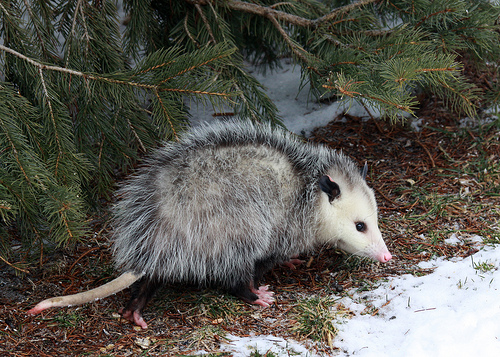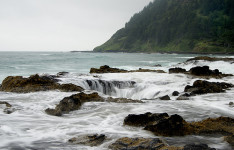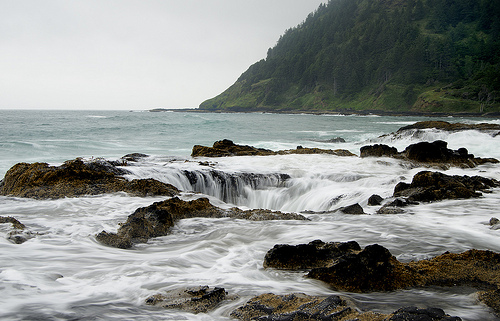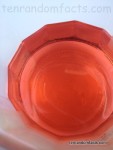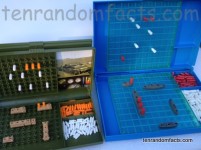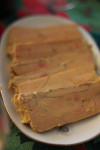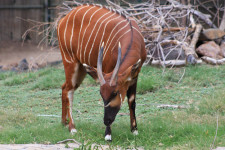
Don’t confuse an American opossum with an Australian possum – they’re quite different!
- Opossums are a family of over 100 species of marsupials that are native to a variety of habitats in North and South America, and they typically live not far from a water source and often dwell in trees.
- The scientific and family name of an opossum is Didelphidae, from the order Didelphimorphia, and the animal is distributed among four sub-families, and is sometimes known as a ‘possum’, though it is not closely related and should not be confused with possums that live in Australia and surrounding areas.
- Generally opossums grow to be 61 to 91 centimetres (24 to 36 inches) in length, which includes their long tail, and weigh 0.5 to 6 kilograms (1.1 to 13 pounds).
- Opossums have fur that ranges from black, grey and brown in colour, and they usually have a white face and a pink snout.
- The diet of opossums can consist of insects, fruit, nuts, frogs, birds, mice, grasses and snakes, as well as garbage waste.
Opossum
Image courtesy of Dawn Huczek/Flickr
- Female opossums can produce 5 to 15 young at one time, although often some won’t survive, and they crawl to and grow in the pouch of the mother when newborn, and at around three months, they can ride on their mother’s back.
- Opossums have the ability to shut down into an unconscious state and play dead as a technique to evade predators, and this state of being can last as long as four hours or as little as 40 minutes.
- Opossums can generally resist the toxins of pit viper snakes such as cottonmouths and rattlesnakes, however, they typically have a short lifespan of approximately two years, and up to four.
- Urban locations are increasingly seeing more opossums, as greater populations move into the area due to habitat removal, while some species are listed as near threatened, vulnerable or critically endangered.
- Some communities in America eat opossum meat, and historically it was a popular food, while others hunt the animal for its fur.
Bibliography:
Opossums, 2015, Living With Wildlife, http://wdfw.wa.gov/living/opossums.html
Opossum, 2015, A-Z Animals, http://a-z-animals.com/animals/opossum/
Opossum, 2015, National Geographic, http://animals.nationalgeographic.com.au/animals/mammals/opossum/
Opossum, 2015, Wikipedia, https://en.wikipedia.org/wiki/Opossum





